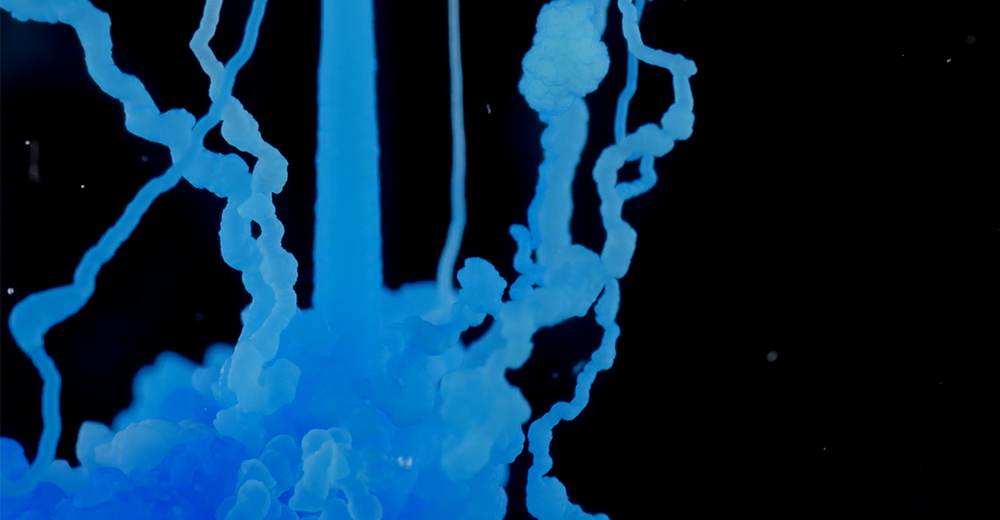
How did environmental analysis come into being?
Environmental analysis is an important branch of research that informs us about the causes and modes of action of a wide variety of substances and substance groups in the environment. An important component of this science is wastewater analysis.
Environmental analysis examines different individual substances or groups of substances in water, soil or in the air. Often, the aim of the environmental investigation is to examine water, air and soil for the following substances or groups of substances:
- Heavy metals
- Dioxins
- Pesticides
- Mineral hydrocarbons
- Sulphur dioxides
- Greenhouse gases
- Ozone
- Fine dust
In the meantime, environmental analysis is also focusing on the occurrence of microplastics, which are unfortunately becoming more and more common nowadays and whose causes and effects on nature and humans are still largely unexplored.
The history of environmental analysis
A certain awareness of the influence of substances on the environment has always existed, but scientists and natural scientists have only been dealing with these relatively complex interrelationships for a few hundred years and then only in isolated cases:
- In the 16th century, the Swiss physician, natural philosopher and alchemist Paracelsus was the first person to take a closer look at the effects and limitations of specific substances and coined the phrase “the dose makes the poison”.
- However, the first serious chemical investigations of samples from nature did not begin until 1748 in Berlin under Andreas Sigismund Marggraf. He analysed the water of an iron-rich spring and confirmed its healing properties.
- The students of the physicist and chemist Joseph Louis Gay-Lussac began the foundation of chemical analysis with the study of soils and plants and their composition of hydrogen, nitrogen, sulphur, carbon and potassium.
- In 1900, the first legal requirements for drinking water analysis were established by the Reichseuchengesetz (Imperial Epidemics Act).
- In the 1970s, the Drinking Water Ordinance, the Water Resources Act, the Waste Water Levy Act, the Technical Instructions on Air Quality, the Waste Management Act and the Sewage Sludge Ordinance for the first time set limits on the basis of which environmental regulations could be enforced and environmental samples could be systematically analysed in the environmental analysis laboratory.
These first steps in environmental analysis were thus decisive for important legislation. However, they only represented the beginning of a branch of research that is constantly developing, accompanies people and nature on a daily basis and can protect them from potential dangers.
The most common methods of environmental analysis
Depending on what exactly the object of investigation is and which investigation technique comes into play in environmental analysis, researchers may need to process the substance under investigation with an organic solvent. This allows a possibly predictable low concentration, for example within a water sample, to be concentrated and examined better. This environmental analysis method is used for water as well as air and soil samples or, for example, sewage sludge from a sewage treatment plant. Once the researchers have made all the necessary preparations, they can move on to the actual investigation part.
In environmental analysis, gas chromatography and liquid chromatography are used to analyse organic substances or ions are separated using ion chromatography. Subsequently, organic substances can be determined and quantified by means of mass spectrometry, UV/VIS spectroscopy and fluorescence spectroscopy, and heavy metals can be determined and quantified with the help of atomic absorption spectrometry – technologies and techniques of environmental analysis that have developed a lot, especially recently, and thus show horizons full of possibilities, but also reveal new challenges.
What is wastewater analysis?
An important component of environmental analysis is wastewater analysis. In order to understand this area of environmental analysis, there should first be clarity about the term “wastewater”. On the one hand, it is water that is polluted by human use, on the other hand, it is precipitation or extraneous water. The latter is water that does not actually belong in the sewage system, e.g. groundwater that finds its way into the sewage system through leaks. In addition to wastewater generated by private households, industrial processes in particular contribute to a large amount of wastewater.
Parameters of waste water analysis
Wastewater analysis helps, for example, to examine the existing wastewater from existing wastewater treatment facilities and to optimise these facilities on the basis of the results. Before such a plant is built, these types of analyses are also carried out to learn more about the composition and ingredients of the wastewater. The wastewater investigation parameters include:
- Filterable substances: such as suspended and floating matter that can be removed from wastewater with the help of a filtration system and originate from faeces, food waste, toilet paper, road and soil abrasion, or caused by industrial enterprises, among other things. They can bind toxic metals to themselves, cloud the water in rivers and lakes, affect the photosynthesis of aquatic plants and as a result lead to a lack of oxygen in the bodies of water, which in turn is harmful to fish and other aquatic organisms.
- Sedimentable substances: substances that settle from the water by sedimentation and may consist of organic substances such as food waste or faeces, cleaning agents or cat litter, as well as emissions from industry or mining. If they get into wastewater, they can cover the bed of bodies of water and kill living organisms there and also lead to oxygen deficiency.
- Ammonium nitrogen: is not toxic in itself, but can get into wastewater in the form of ammonia, which in turn is toxic to marine life. However, ammonium nitrogen can also be produced by protein compounds in wastewater that are degraded by micro-organisms. Other sources are human urea and nitrogen fertilisers in agriculture. In addition to the toxic effects of ammonia, the conversion of proteins to ammonium nitrogen can deprive wastewater of oxygen, which in turn has deadly effects on aquatic life.
- Total inorganic nitrogen: formed by the degradation of urea and proteins from faeces and organic nitrogen from the meat industry. If it occurs as nitrite in wastewater, it can disrupt the cellular respiration of living organisms and form carcinogenic nitrosamines.
- BOD5: Analyses the biochemical oxygen demand within a time window of five days at a temperature of 20 degrees Celsius for the degradation of pollutants that are present in the waste water. On this basis, the amount of oxygen supplied is controlled so that micro-organisms are able to break down faeces or biodegradable cleaning agents, for example.
- COD: High COD values can be caused by human and animal faeces, but can also indicate inorganic pollutants such as nitrite and sulphur compounds. These are caused, for example, by chemicals from detergents and cleaning agents that are discharged into the wastewater. The sum parameter COD provides information on the total load of the wastewater and leads to more detailed investigations in the case of abnormal values.
- Phosphates or total phosphorus: can be excreted by the human body and are also present in cleaning agents. The fertilising effect can lead to excessive growth of aquatic plants and, due to the resulting lack of oxygen, to fish mortality. Phosphorus also binds toxic heavy metals to itself.
- Nitrate or nitrite nitrogen: product of the degradation process of urea and proteins, which in turn can have a carcinogenic effect when broken down by the human body to form nitrosamines. It interferes with the transport of oxygen in the blood, which is particularly harmful for infants and young children. Furthermore, it poses a danger to aquatic plants and organisms.
- pH value: provides information about the positively charged hydrogen ions in the water. A pH value of 0 suggests a very acidic value, a pH value of 14 is an alkaline/base value. These maximum values are never found in waste water. Aquatic organisms can also only survive at a value between 5 and 9.
Based on the sampling of the wastewater and the wastewater analysis in the laboratory, technical reports on water and wastewater can be written and balances determined. These in turn lead to the implementation of appropriate measures to optimise wastewater treatment.
In the Carl Roth Shop you will find an extensive selection of laboratory accessories as well as solvents and much more for chromatography.
Sources:
- https://books.google.com/books?id=sHYkBAAAQBAJ&pg=PA175&lpg=PA175&dq=geschichte+chemische+umweltanalytik&source=bl&ots=UgeRLtQgX8&sig=ACfU3U1Y15vVtqZo9vB5096dFjkBdJytiA&hl=de&sa=X&ved=2ahUKEwiV6burhv_2AhXOKEQIHQCoAsYQ6AF6BAg5EAM
- https://www.abwasser-analysezentrum.de/parameteruebersicht
- https://www.das-ee.com/de/abwasserbehandlung/abwasseranalyse/
- https://www.chemie.de/lexikon/Umweltanalytik.html





